Harvesting Anti-Bodies with Lynn Hershman Leeson
In 1978, inside the crypt of Lucrezia Borgia—an Italian femme fatale of the early sixteenth-century haute bourgeoisie—legendary artist Lynn Hershman Leeson conducted an exorcism of her alter ego Roberta Breitmore. The fictional character first came into existence five years prior when she checked into Dante Hotel in San Francisco. During the following years, Breitmore would be granted her own bank account, credit card, and apartment, and even regularly saw a psychiatrist.
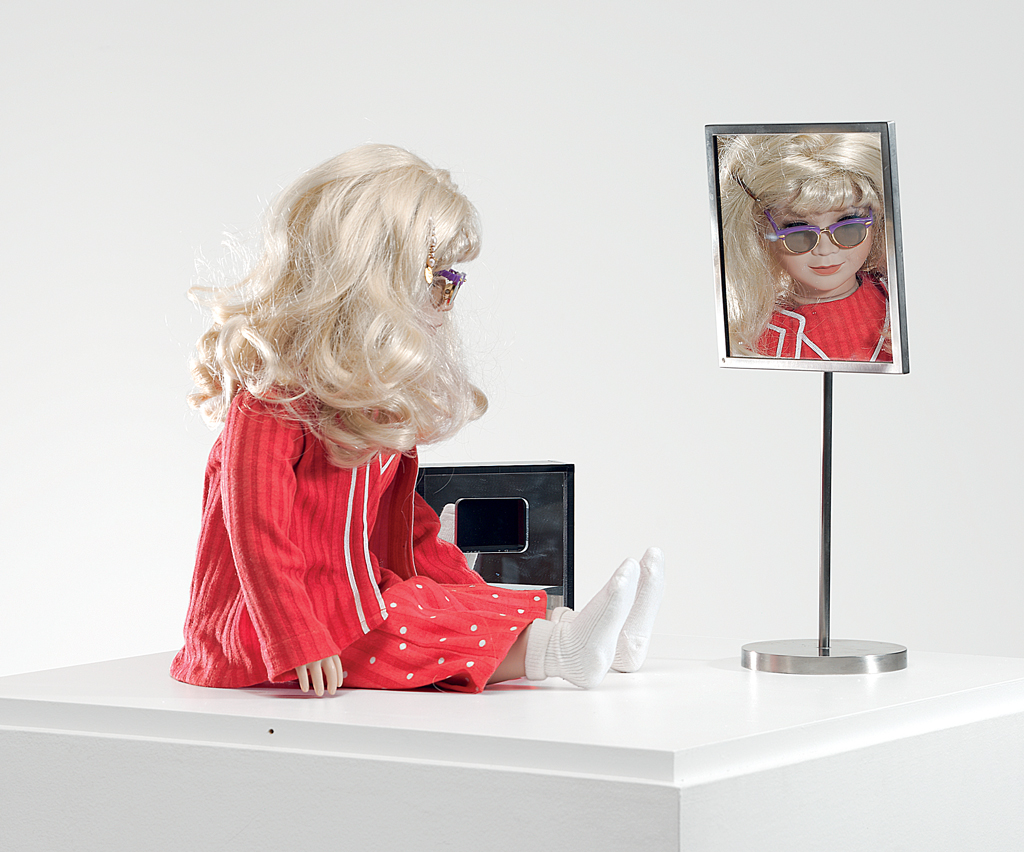
The Roberta Breitmore project was an ambitious exercise into the virtual and physical parameters of identity that predated the internet. Recently, curators have given light to Hershman Leeson’s otherwise overlooked work, which spans nearly four decades, for its remarkable prescience on the role technology has played on personhood, voyeurism, and gender, to name a few of the interwoven themes that Hershman Leeson treats. She even directed feature-length films like Teknolust (2002) and Strange Culture (2007) and created the first artwork to incorporate touch-screen technology.
In May of this year, Hershman Leeson will be unveiling Anti-Bodies at the House of Electronic Arts Basel, an unprecedented collaboration with the Swiss Corporation Novartis Pharmaceuticals as the final installment of her ongoing work The Infinity Engine. The exhibit raises questions about regenerative medicine, DNA manipulation, and scientific antibody research, and features an artificially engineered antibody that bears the name “Lynn Hershman” in its molecular structure, providing a glimpse into the groundbreaking ways in which the boundaries between natural and artificial life are increasingly dissolving in the age of synthetic technology.
This past month, Hershman Leeson was in Los Angeles to receive two awards: the Women’s Caucus for Art Lifetime Achievement Award, as well as the College Art Association Distinguished Feminist Award. I sat down to talk to her about the arc of her career and the generational lens through which the art world views her practice.
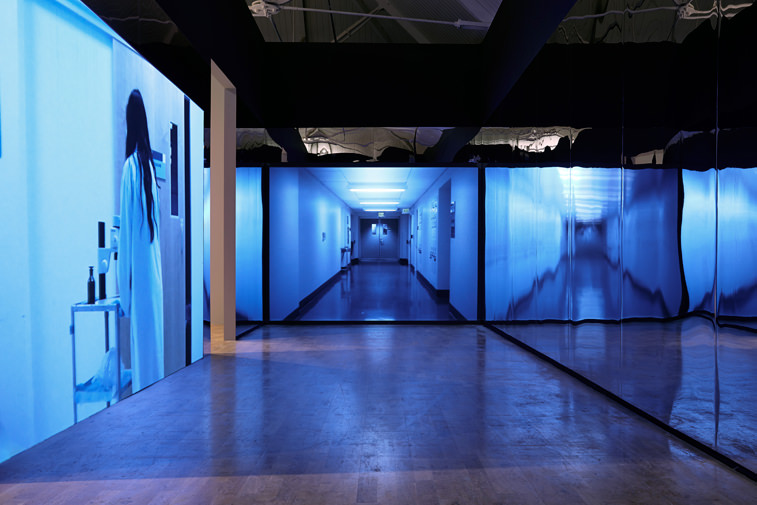
Arshy Azizi: You’ve worked with a remarkable array of mediums—photography, painting, text, video, and film, to name a few. What has been the most challenging to work with?
Lynn Hershman Leeson: Film. We always need a team to do feature films, mostly crazy people. The stakes are so high because it’s so expensive, and the industry is extremely saturated. You also have legality issues, for one.
Much of your art is bolstered by textual supplements. Written works like Civic Radar, Clicking In, and Romancing the Antibody all help to highlight the themes that you’re interested in exploring. But there’s a lot of talk right now about the diminishing interest in text, because sound and image are much more captivating. Thoughts on this?
Sound and image are definitely more enveloping. But if it’s done right, text can be very emotional. In regard to my work, text always had to be a component, not because I wanted it to be, but because nobody understood [my] movies. It lets people know what the work is about philosophically and technically, so it’s useful.
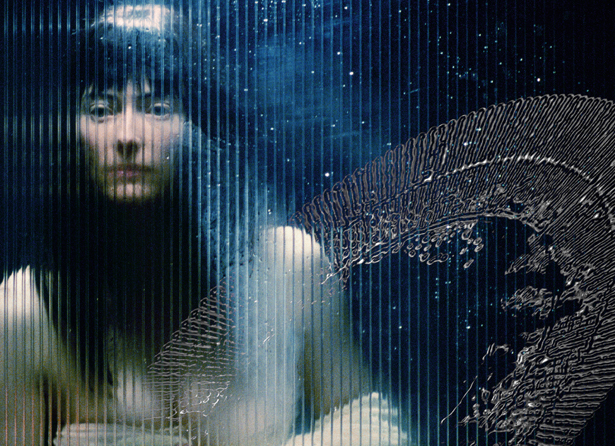
Recently, The New York Times claimed we’re moving toward a post-text future that can immerse us in ways that text cannot. Do you think we’ll ever get to that point in the future?
We can never be fully immersed because we’re always catching ourselves being immersed, always bearing witness. And our privacy has been erased too.
The Dante Hotel (1972-3), which debuted Roberta Breitmore, was site-specific to San Francisco. As a place where you live, does the Bay Area influence your work in any way?
Definitely, I wouldn’t be doing the kind have work that I have done if I were living in New York, where I would probably be painting. But here, you just think of something and there’s someone to help you make it. There are so many people there who are different than you. I think that one of the advantages is when you’re working, particularly in the Bay Area, which has programmers from all over the world, people really want to know what this can do, and you’re doing it as a team. Not to make any money but to push the technology, to push things to an area of discourse.
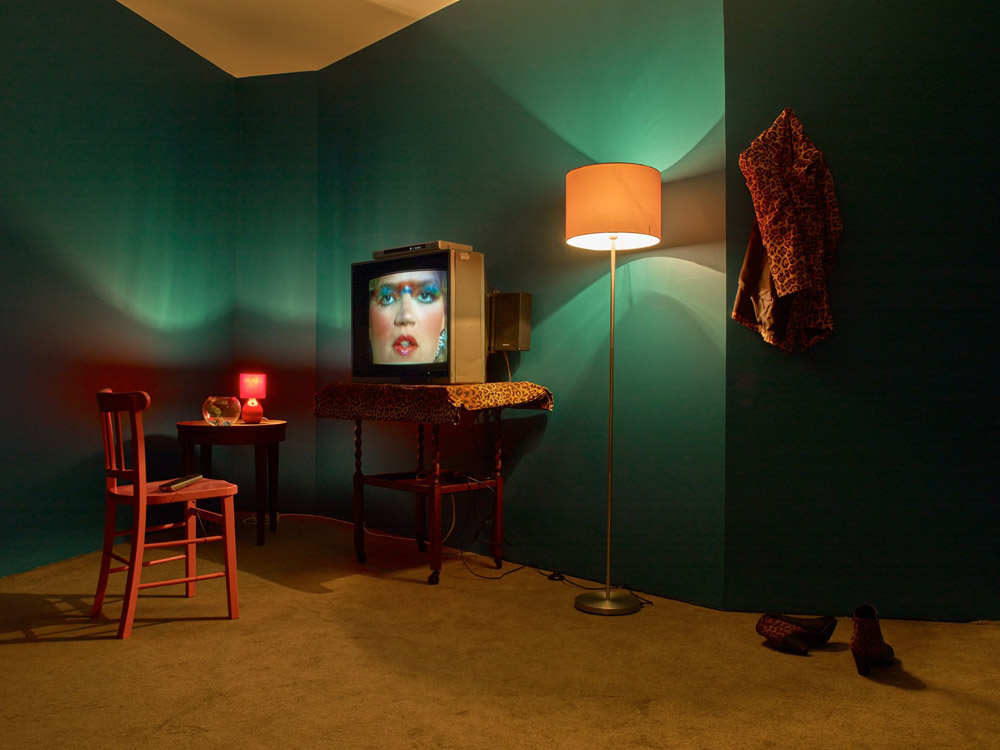
Speaking of regions, your 1983 work Lorna was the first interactive video art disc and centered on an agoraphobic avatar whom you could kill, or worse—in your own words—make move to Los Angeles. I take it you’re not too fond of the city?
I think of LA a little bit like Blade Runner. There are all these different layers, and what you see isn’t really obvious. There’s a lot going on in LA, but when I moved there I got really sick—I almost died from heart failure, so I’m not too fond of the place.
Last year you showed works at the Dreamlands exhibition at the Whitney, alongside an impressive roster of artists. You were the oldest by far. How did you feel about this?
They put everyone’s birthdays in the info for the opening. I thought it was great, I was older than everybody else by like thirty years. It means that I was on the right track.
What surprises you about the younger generation you’ve been working with and alongside?
They have some good ideas but they don’t go deep. Younger curators think they know more about my work than I do and they want to correct it all the time to be what they think it should be, which is not what it really is. It’s not all young curators, but I find this happening more with the younger generation right now.
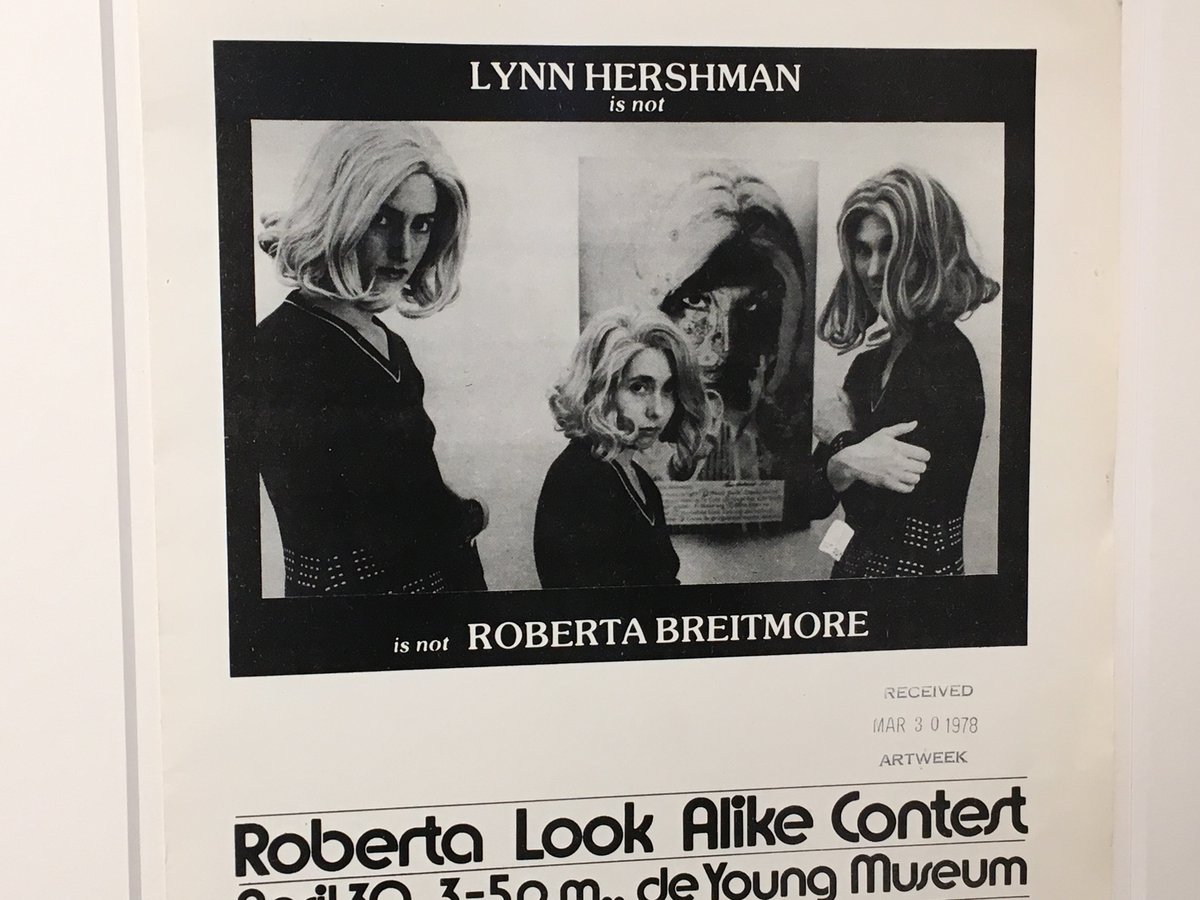
Looking back on your pre-internet explorations of identity, do you think it’s easier to hide behind an avatar in the digital age?
I think people have always worn creative masks, which give them a new sense of purpose and help them deal with privacy, autonomy, and deeper truths. So it’s just a different way of masking ourselves.
In her essay “Feminization: Reflections on Women and Virtual Reality,” published in your book Clicking In, Sadie Plant claims that cybernetics is feminization, referring to tech as a sort of feminist weapon. Do you think this is accurate?
I think technology is neutral. It’s always going to be neutral. But one could use it as a weapon, one could use it to mobilize. Movements like #metoo are using it in this way. I think it’s always going to be a question of how it’s going to be used.
Do you check your phone as much as everyone else does?
I’m trying at least to wean myself off it because it feels so dangerous! Sometimes I’ll wake up in the middle of the night and grab my phone, thinking “What did I miss?” and then, I’ll take a step back and ask myself, “What am I expecting, what am I looking for?”—
—That’s what my therapist said! Social media almost never satisfies.
Your latest film, Tania Libre (2017), is about the Cuban artist Tania Bruguera, who’s suffered a lot of censorship in her home country. What have been some of the biggest challenges for you as a female artist and how did you overcome them?
Not being laughed at. And I persisted!
And now suddenly ears perch at the sound of your name. Does that have its own challenges?
Definitely. It’s overexposure, which puts you in the danger of taking what other people say too seriously. But on the other hand, after fifty years, it’s really gratifying.
How are you reacting to this overexposure?
Shock! It was so surprising to get as much recognition as I did. I mean it was a long time coming, and the work had never been seen. Three years ago, I was showing work in an exhibition where sixty-five percent of the pieces had never been seen. When people realized that it pioneered so many things that other people got the credit for, that’s really when it got a lot of attention. So I was happily surprised, and I think it’s great that people like you are interested in it.
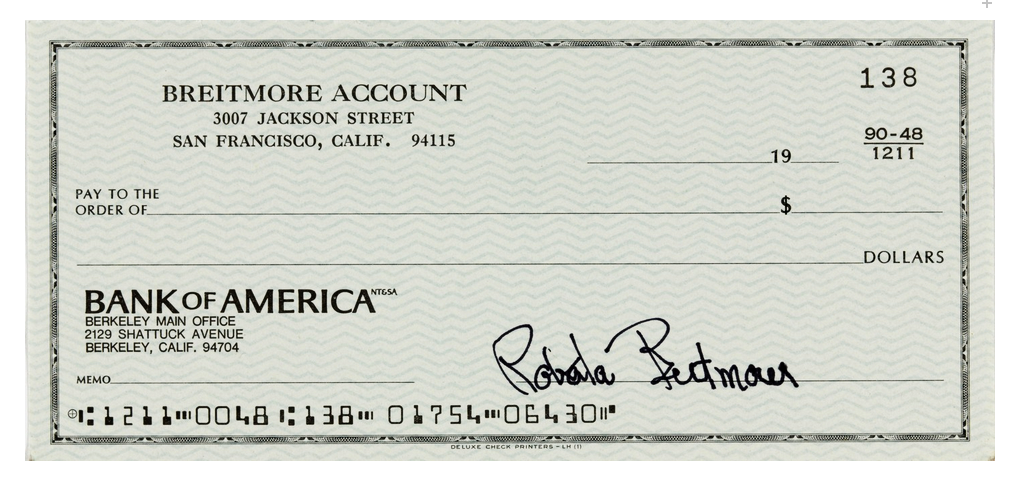
Back to Breitmore, since that work was so pivotal, Why did you choose Lucrezia Borgia’s crypt as the site for her exorcism?
Borgia outwitted her husbands and survived. The whole point with Roberta was to make her less of a victim.
Advice for younger artists?
The best works erupt almost without much intervention. I don’t think you need tools. I think you have to think of something before you make it. Tools can be deceptive.
Could you tell me about your new work with Novartis Pharmaceuticals?
The antibody has just been harvested. I spoke to them this morning. They said it’s really strong.
This is an antibody to fight cancer?
Yes, that’s the newest technology. It’s been harvested and they’re doing a documentary on it and they want me there for the a-ha moment! It makes me happy to know that these things are happening, because they’re brand new. The harvesting is complete next week or next month, and it’s taken all this time to get to this point of actually understanding how to complete this process. It’s really crazy that the antibody has a function.
MoMA Presents:
Lynn Hershman Leeson’s
Tania Libre
May 18–24, 2017
The Museum of Modern Art
18 West 54th Street
New York, New York 10019
Arshy Azizi is a writer based in Los Angeles interested in the social consequences of technology. Recently, he has written for Topical Cream, Rhizome, and PIN–UP Magazine.